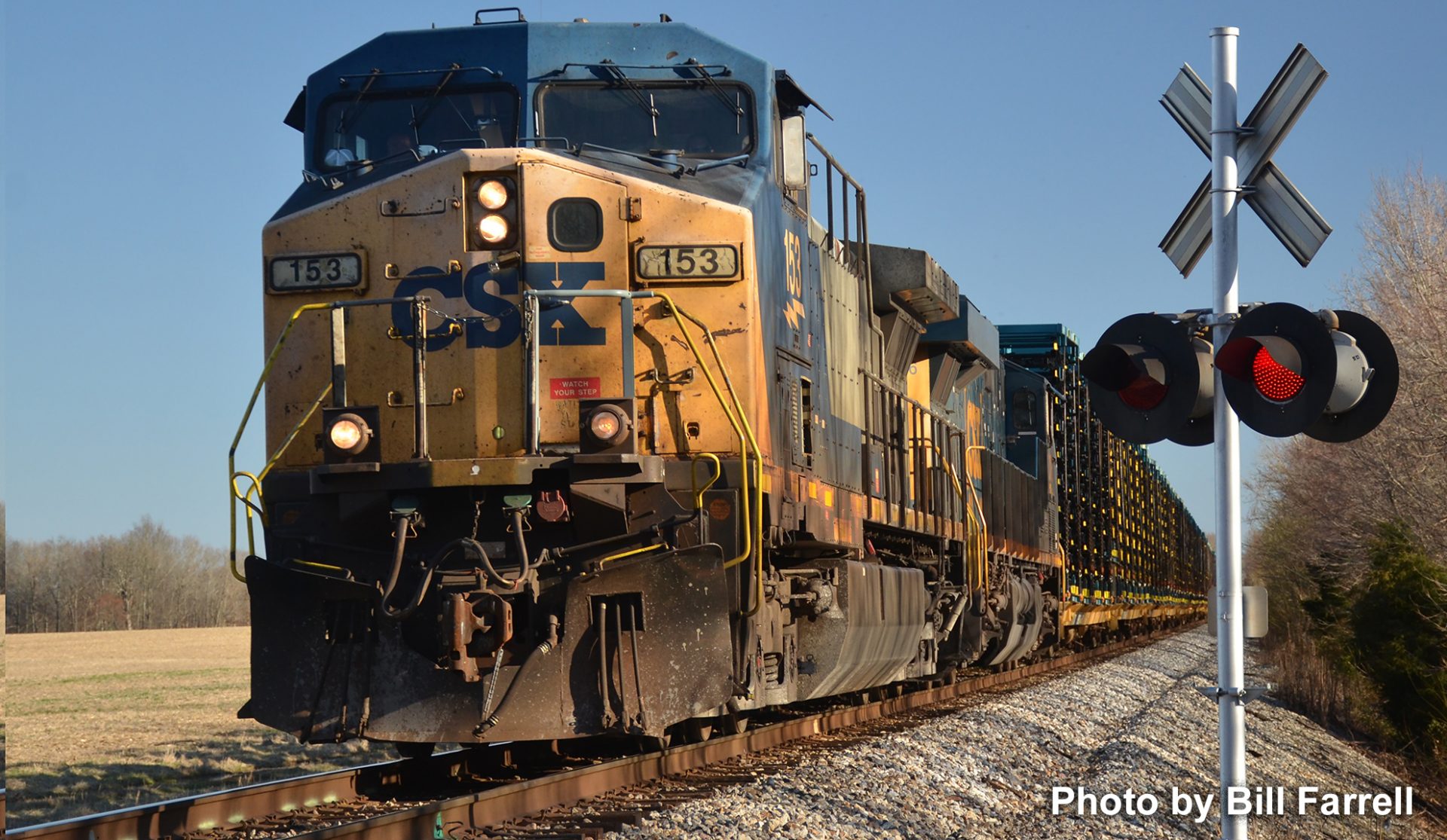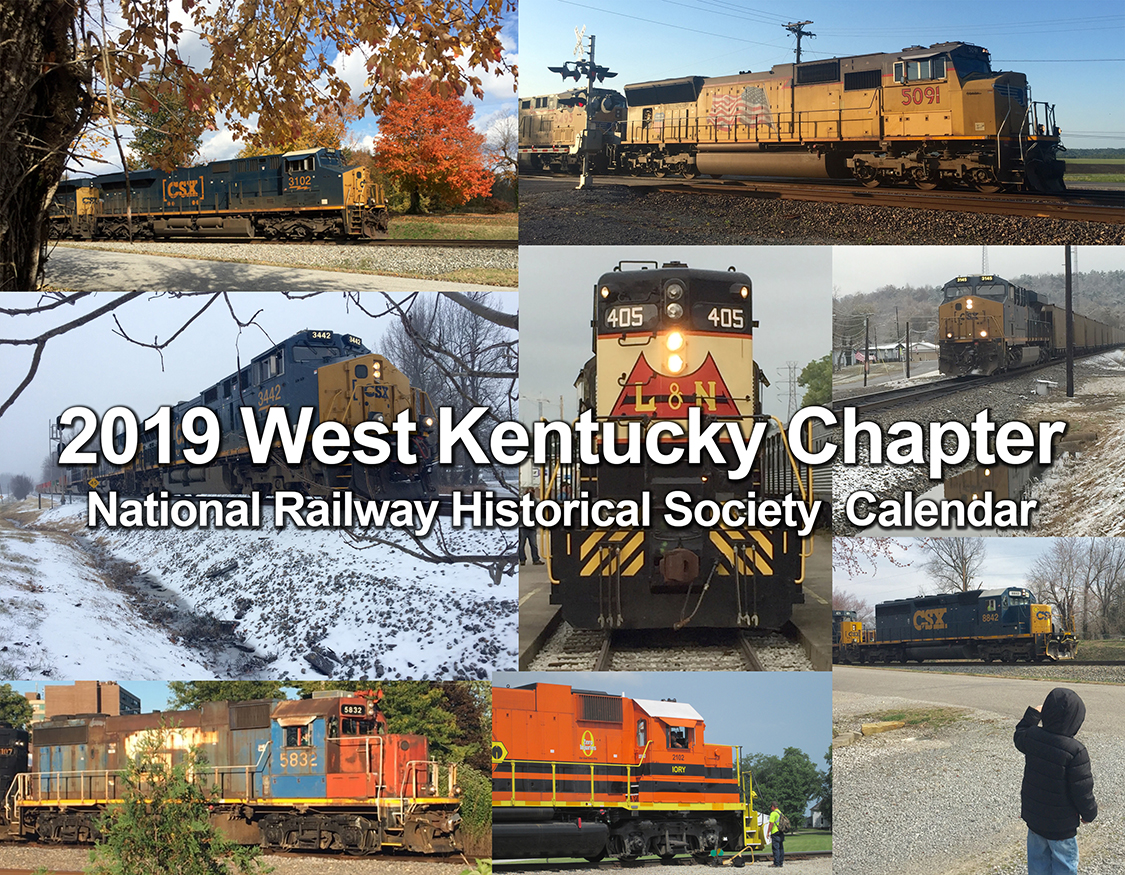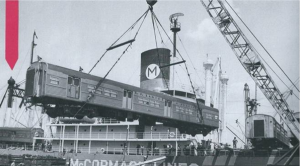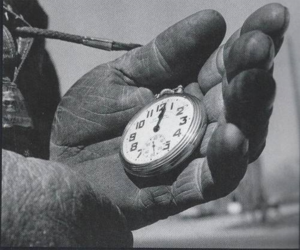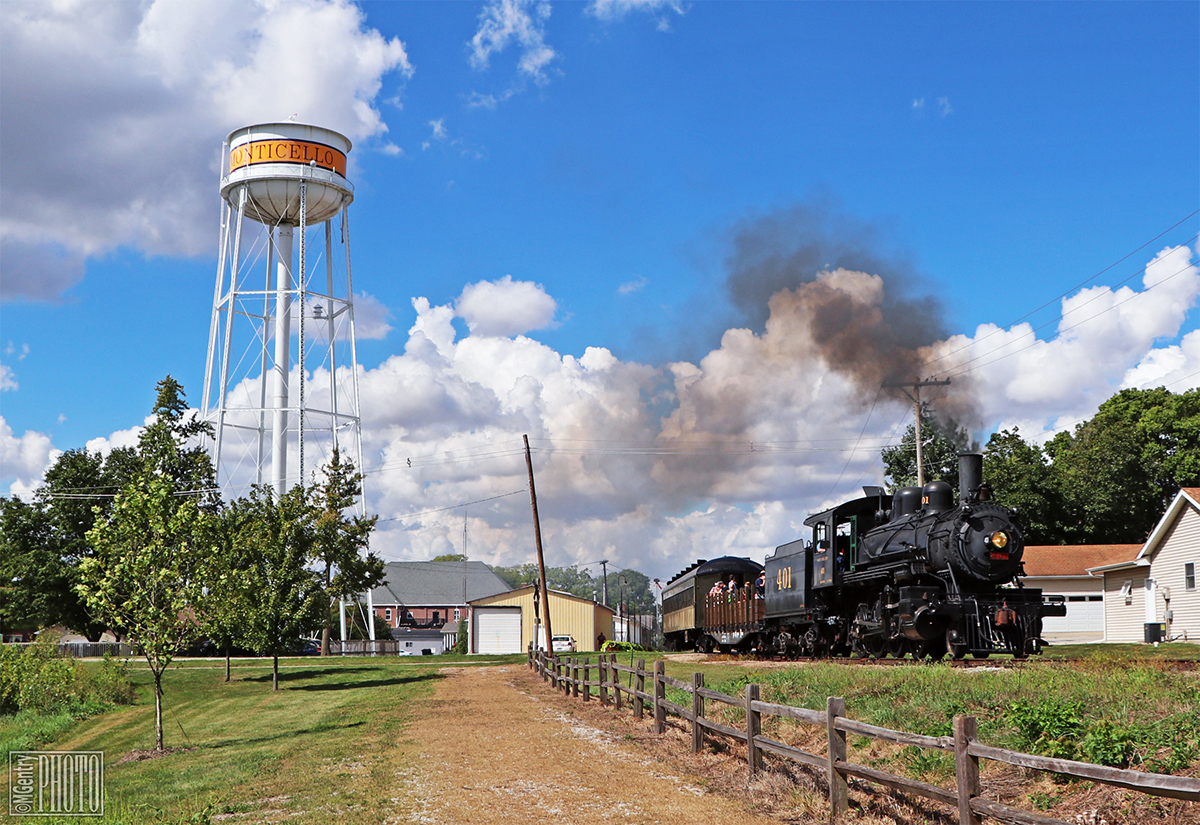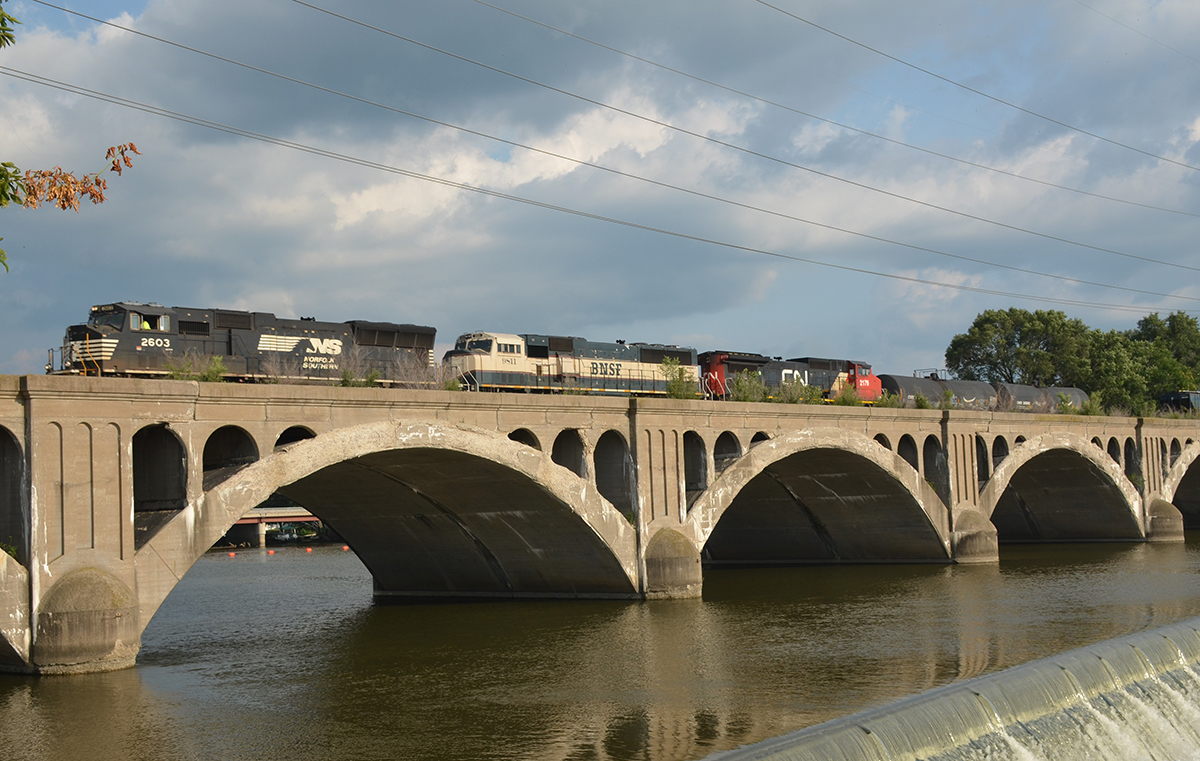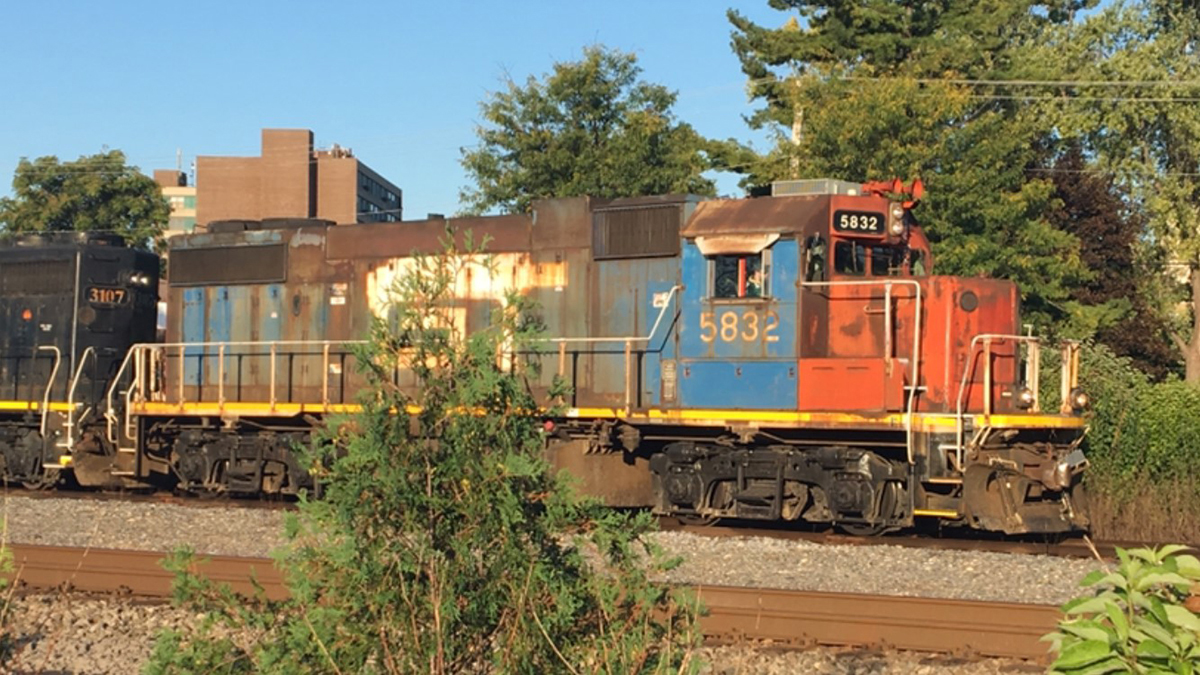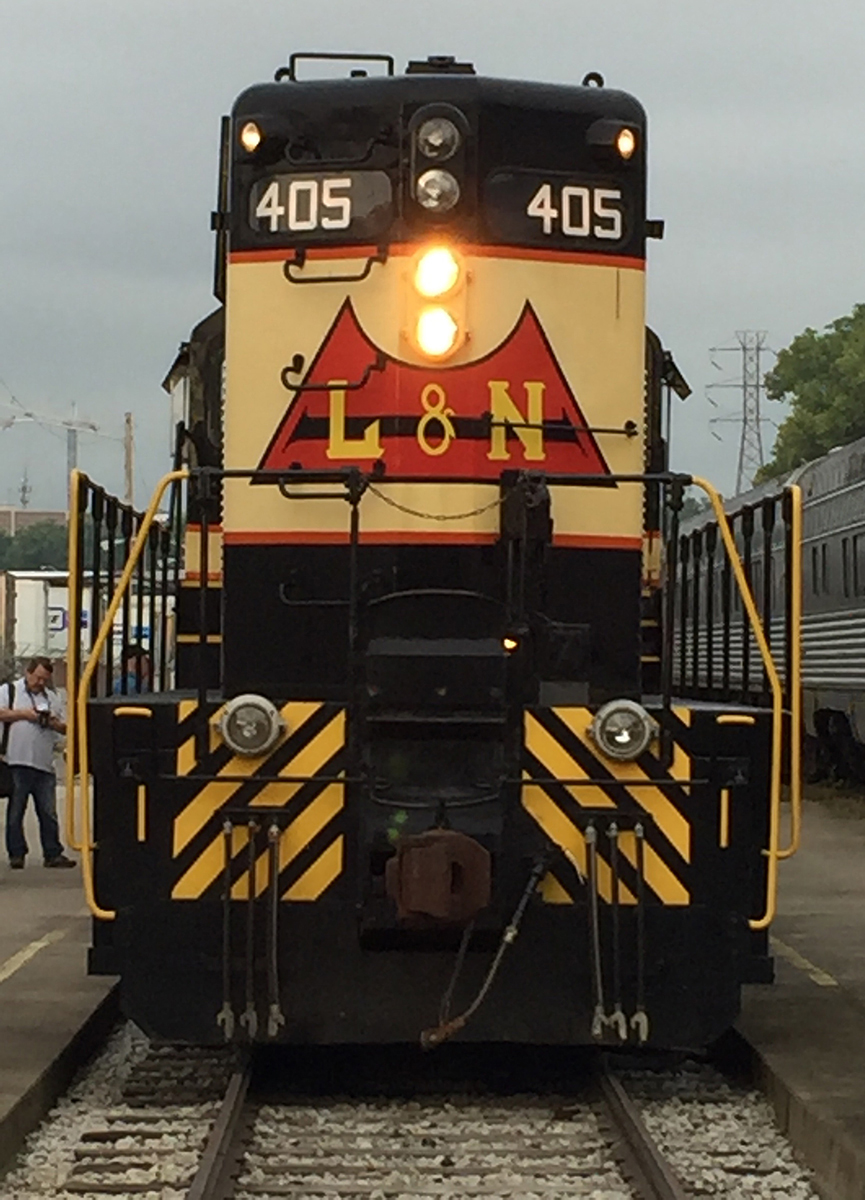
By Ricky Bivins, Chapter President
Greetings fellow NRHS Western Kentucky Chapter members. And welcome to January, 2019. My oh my what are year 2018 was. Looking back we had the Christmas show at the mall, breakfast with Santa, an excellent Christmas dinner at the Miller residence, a picnic and rail fan day at Crofton, a railfan day in Hopkinsville, a meeting in Hopkinsville, a track side day in Morton’s Gap not to mention numerous meetings, impromptu get-togethers and programs a plenty. I feel 2019 will be even better.
As you are aware, we did not have a business meeting in December however, we did have the aforementioned dinner at the Miller residence, a very successful breakfast with Santa and a successful Christmas show at the mall. Bill Farrell will have a report on the earnings from those events. Not to mention the raffle which netted us additional monies as the winner did not take the train set.
We did however have a meeting in November. Which also brought about elections of officers for 2019. There were no changes in officers as all were voted in by a single vote of acclamation. To which I say thank you. Hopefully I can serve as President as need be.
2018 also brought on a few new members. It is nice to think that we can continue to grow in this age of electronics and instant gratification. As for growing in 2019, I have always said, if a member has an idea bring it forward. We will entertain all thoughts of growth and events as well. If there is something you would like for the Chapter to do, sponsor it. And it will be done!
As is customary in January, the president which is I, will have the program and refreshments. My program will be a 1984 VHS video of Chesapeake and Ohio 4-8-4 number is 614 pulling coal trains in the mountains of Virginia and West Virginia. Along with the video we will have a guest speaker. If you recall a few years ago my oldest stepson Brian Davis who works for CSX as a conductor gave us a talk. Brian is on call meeting night and if he is not on the railroad he will be at the meeting to give us a follow-up to that program. That is tentative provided he is available at the time.
They extended forecast for meeting night is clear and cold. Keep in mind should we have inclement weather I will cancel the meeting. No need for anyone to get out slip and fall or worse. Otherwise I hope to see you Monday, January 21, 2019. Bring a friend as all are welcome.
